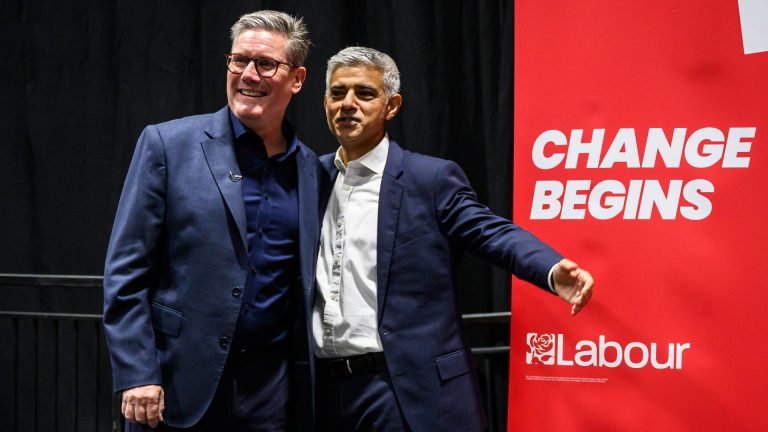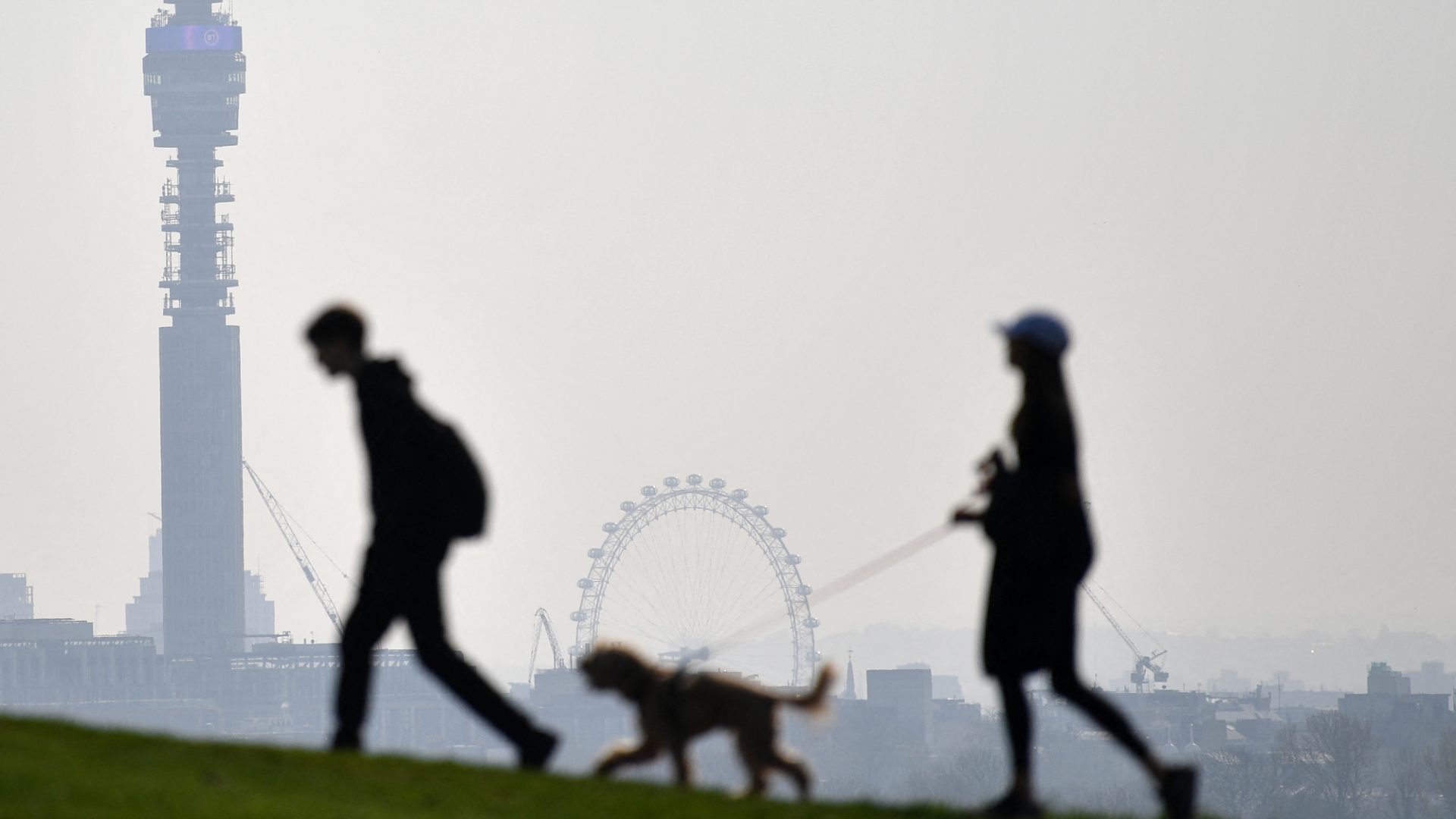Samuel Johnson could not have been more wrong. When a man is tired of London, he is not tired of life; he simply has not explored and appreciated all that it has to offer. Johnson might have been correct with the second part of his famous 18th-century quote: “For there is in London all that life can afford”, but very few people can afford to experience the full range of delights the capital has to offer.
Escalating prices in restaurants, theatres and hotels put some experiences out of reach for most people, but that is an issue in many other cities around the world, and should not be allowed to diminish the glory of the British capital.
London is a cosmopolitan city, with a rich cultural offering, food to tempt every taste bud and vast acres of manicured parks and unspoilt open spaces. It has glorious architecture, both ancient and modern, and is stamped through with the imprint of history that has inspired generations of writers, playwrights and artists. No wonder it has no appeal to Donald J Trump!
The president of the United States regards a McDonald’s burger as the height of culinary achievement; has probably never, by choice, ventured into a theatre, let alone an opera house, and once remarked that “barbed wire, used properly, can be a beautiful thing,” when the use he had in mind was certainly not a conceptual art installation. Open spaces he regards as an affront, wasted assets just waiting for development.
Trump’s allegation that London was on the brink of sharia law is sheer nonsense that he may, or may not, believe – but it does play into a narrative that has resonated in parts of the US media, particularly the New York Times, that London is something of a lost cause, dirty and dangerous, riddled with poverty and crumbling under socialist rule. Strange, then, that record numbers of Americans are leaving the US to find a more comfortable life in London.
They will find a city that contains people of every imaginable race and colour. They could venture a couple of miles to the east and find themselves in the heart of one of the world’s great financial centres. (Albeit not as great as when the country was part of the EU – but that is another story.)
Densely-populated inner-city boroughs bustle with markets and some dismal high-rise blocks, but head south-west and land in Richmond, where in the 17th century Charles I used to hunt deer and where herds of red and fallow deer still happily wander. In other words, London is nothing like the sewer of the populist imagination.
Suggested Reading


Labour’s London problem
And yet London has undeniable problems. Extreme poverty exists side by side with massive wealth: that the notorious Grenfell Tower fire of 2017, which killed 72 people living in the social housing block, should have happened on the doorstep of the mansions of Kensington caused widespread shock. But the juxtaposition of rich and poor is a fact in many cities and, as has since become apparent, expensive private-sector homes shared cladding issues with Grenfell.
In many ways, a mix of people from different social and economic backgrounds is what gives a city its vibrancy. Extremes, however, can be unhealthy, breeding distrust and resentment. That is evident in so many cities around the world. Some, for instance in South Africa, resort to gated communities and armed guards to provide enclaves for the wealthy, but while that may provide a feeling of safety for those closeted within, it does nothing to alleviate the problem.
London, on the whole, aspires to be a kinder and more welcoming environment, but there are exceptions. While politically London leans to the left – Boris Johnson’s eight years as mayor have ensured that Labour’s Sadiq Khan has enjoyed no real challenge since – some of the outer boroughs, for instance Bexley and Bromley, veer strongly right and seem likely to elect Reform to run their councils at the elections in May.
Many of their residents feel more attuned to neighbouring Kent than London. Their boroughs used to be a part of the county – Kent County Council is already controlled by Reform.
Central London is where I feel at home, where I work and choose to live, close to a huge choice of music and theatre, art galleries and museums, riverside walks and cafes and shops of every ethnic persuasion. But it has issues that need tackling, many stemming from a lack of public investment. There is crime, of course; as in every town and city, and some areas where it is wise not to venture far at night. (Decades ago, I recall being staggered how quickly you could move from the White House into a quarter of Washington where the atmosphere was intensely unwelcoming.)
Rough sleeping has become prevalent again, despite the Covid panic demonstrating how effectively emergency accommodation could take the issue off the streets. The shortage of housing, particularly social housing, is a national scandal in which successive governments have failed to make much of a dent.
Some of them are then preyed upon by the drug dealers who are a scourge of society, and what is causing a degree of alarm in some quarters is the increasingly blatant conduct of their operations and the apparent reluctance of the police to intervene. The steps of Westminster Cathedral and its surrounding piazza have become known as a popular dealing spot, and the fallout is obvious from the broken individuals in various stages of collapse nearby.
Visitors to this London landmark might be as taken aback as the local residents by this aspect of the city. If they are lucky, they might then see a couple of police trotting past, taking a pair of magnificent horses for some exercise. They might conclude that the much-maligned metropolitan police force needs to get back down to earth.




